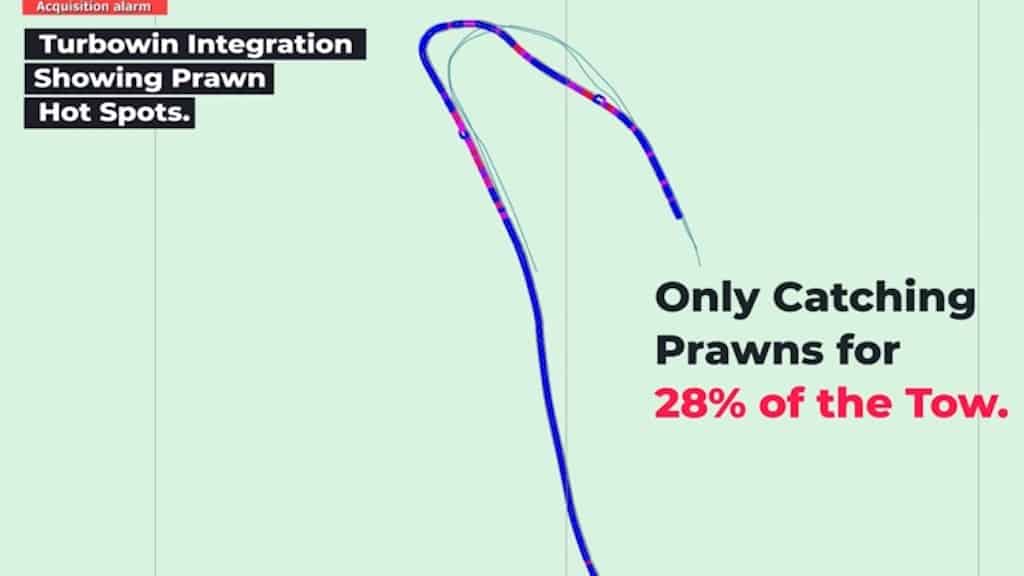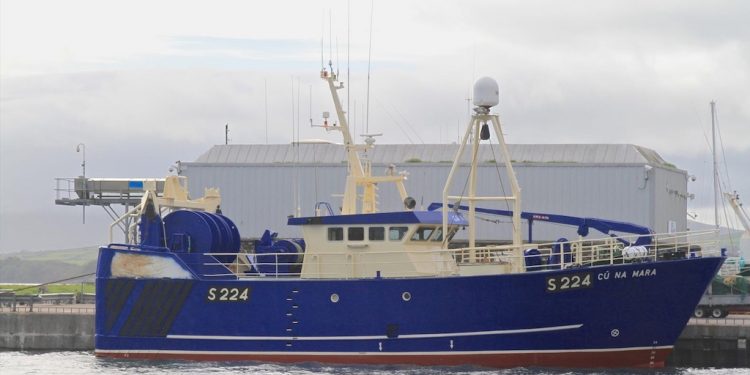The Notus Echo, introduced a few years ago to the Irish and Scottish fleets fishing for nephrops, has proved itself an invaluable took for skippers looking to streamline the way they operate.

The approach Notus took in detecting nephrops (prawns, langoutine), which don’t show up on regular fishfinders, is to use a simple grid mounted in the aft part of a trawl which acts as a sounding board. The sound of prawns hitting the grid is routed from this pickup device to the wheelhouse and a real-time display of the rate of catch entering the gear.
This enables the skipper to see exactly which parts of a tow produce catch, and which areas are being towed for nothing, while still consuming fuel, and makes it possible to identify the hot spots where there are dense concentrations of prawns.
Integrating the Echo with a Sodena system generates a clear colour-coded trawl of each tow, showing the concentration of prawns – showing the skipper where the boat is making money and where it’s burning fuel for nothing.

‘We’ve found the Echo very good for detecting prawns,’ said skipper Alexander MacNeil of Silver Crest CY-270, fishing off the west of Scotland.
This 16-metre twin-rigger is working with its Echo integrated to the Notus Trawlmaster setup which monitors doorspread, clump alignment and warp lengths in a system installed by Seafield Navigation in Fraserburgh.
Over in Ireland, skipper Patrick Flannery of the 24-metre Cú Na Mara reports some outstanding results with the latest Notus technology while fishing for deep water prawns on the Porcupine Bank. This is the latest model of receiver (TM900ET) with the long range hydrophone (G901) providing a clear acoustic link to the trawl mounted sensor at a range of 1200 metres. Cú Na Mara’s system was installed by Killybegs company Fleet Electronics.
‘Yesterday we just concentrated on the data from the Echo and we had the same amount of prawn for half the fishing time as the day before,’ he said
‘Them numbers work.’









